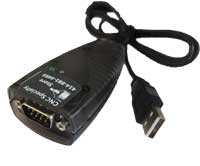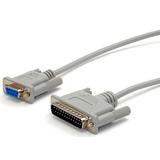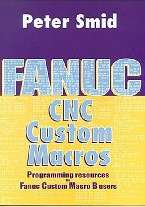Endmill tooling materials, specifications, forms, configurations and types.
|
Endmill materialsHSS - Basic tool steel endmills. Does not offer the major advantages of Carbide or Cobalt end mills. Cobalt - increases abrasion resistance for better tool life Carbide - Can be run at a higher surface feet per minute as long as the machine is very rigid and spindles can hold tight tolerances. Types of tool holders used may also play a big part in life and quality of cut. |
Endmill FormsSingle End - Teeth on one end of the cutter only. This style is the most common available. Double End - An end mill that has teeth on both ends of the cutter. Stub Length - Usedin applications where tool deflection must be minimized. |
Endmill types and configurationsCorner Radius - a radius is ground on the tips of the flutes to help reduce damaging if the endmill. Drill Point - General purpose end mill that can be used for drilling. milling or chamfering Ball End - Used for milling cavities or pockets, fillets and slots. Roughers - For removing large amounts of material as quickly as possible. These mills can remove material about 3 times as fast as conventional emdmills.
|
Endmill specificationsCoatings - adds greater tool life and also can increase speeds. Flutes - 2 and 4 flute are the most common
Left-Hand Spiral - Used for milling thin sheets to direct chips away from work High Helix - Used for rapid chip evacuation. Works well for aluminum machining applications. |




